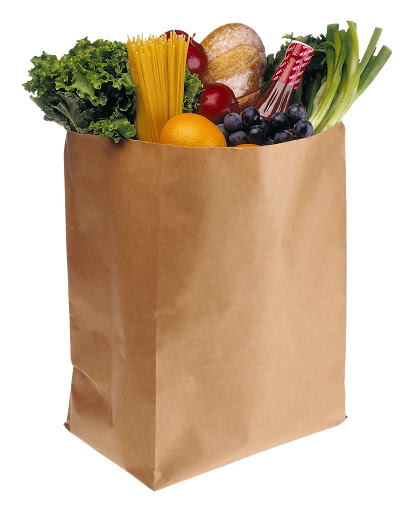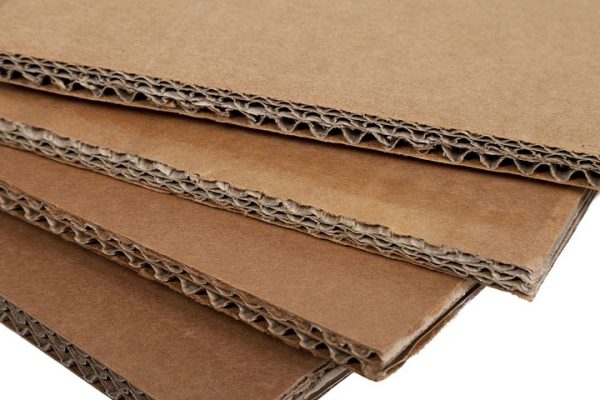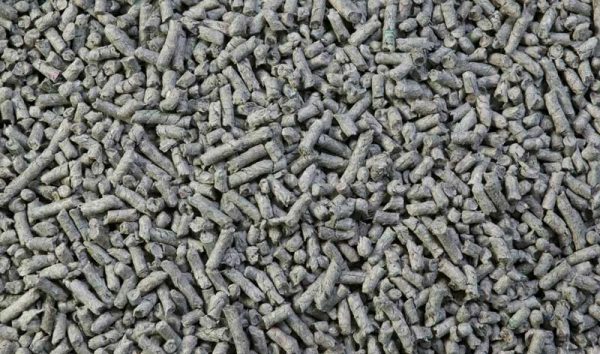When last we left your recycling, it was on a truck headed away from Granger. The next part of the process is where all the magic happens—where that water bottle, piece of paper or cardboard box becomes something brand new.
Recommended Read: Where in the World Does Your Recycling Go? (Part 1)
It’s always our goal at Granger to send our recycling to places pretty close to home. After all, trucking recyclables across the country doesn’t make that much sense environmentally speaking, so none of our recyclable friends goes outside of the Midwest, and most will stay in Michigan.
To follow the journey of your recyclables more easily, let’s not think of them just as generic materials. Let me introduce you to Sally Single-Stream, Corey Cardboard, Pauline Paper and Patrick Plastic.
Sally Single-Stream
Sally Single-Stream is a little mysterious and she likes it that way. She could be a tin can, a laundry detergent bottle, a magazine or a number of other things. The beauty of single-stream is that pickup is more efficient. All these materials begin their journey together and continue together when they leave Granger. Granger’s single-stream all heads up north to Traverse City, Mich., where it goes to a really cool materials recovery facility (MRF; pronounced “murf”) to be sorted. This facility uses advanced technology (including optical sorters, air separators, magnetic separators, eddy current separators, etc.) and a skilled workforce to quickly and efficiently separate the materials before they go on to their next destination to be processed into a new material.

Corey Cardboard
Corey has lived a pretty good life so far. He started out as a paper box at your office. Then he helped you out by carrying all your college textbooks when you moved into your new home. After you took him to the Recycling Drop-off Center, he hung out with all the other cardboard boxes before being trucked to a paper mill. Now he’s on his way to Indiana or up near Manistee, Mich.
When he gets there, Corey will be dumped into a big vat that’s like a bathtub (called a pulper) with the other cardboard, along with some water and chemicals. Corey and the other pieces of cardboard turn into pulp. This pulp is usually combined with new pulp (made from wood chips) that will add strength to the new material. The pulp goes through a series of filters in which contaminants, such as tape and glue, are filtered out. Any inks or dyes are also removed. The material is then put through a machine that squeezes out water and helps fibers to dry and form a solid sheet. That solid sheet will end up as Corey’s second life as a cardboard tube, a paper bag or even as the corrugated, wavy stuff in the middle of new cardboard.



Pauline Paper
Pauline lived an informed life as the Sunday newspaper, but when she leaves Granger, she’ll be on her way to a new life near Grand Rapids, Mich. Once she reaches the west side, Pauline and the other paper will be shredded and made into hydro seeding mulch, other lawn products, cat litter and small animal bedding.


Patrick Plastic
Patrick began life as a bleach bottle, helping to keep all your whites white. As he leaves Granger, he’ll look back on that life fondly, but look ahead to his new life. First he’ll head to Traverse City, Mich. or Indiana to be sorted out from his neighbors. Like all his plastic friends, Patrick has a resin identification code (the three arrows chasing each other around a triangle with a number inside). Patrick’s number is 2, but his water bottle friend has a 1. Unfortunately, Patrick will have to leave his friend in the sorting process, because plastics with different numbers must be recycled separately.
Once they’re separated, the plastics will go to a processor, where they’ll be washed, ground and made into pellets called nurdles. These pellets will ultimately be made into things like office supplies, lawn furniture, car parts, carpet, clothing, backpacks and sleeping bags.
Watch how plastic recyclables are sorted by the six different resin identification codes here.



Now our recycling story has almost come to a close. The last thing that happens is when you, as a committed recycler, go to the store and buy products made out of recyclable materials. It may not exactly be magic, but it’s certainly magical to see Patrick, that old bleach bottle, come back home with you as a piece of plastic lumber.
